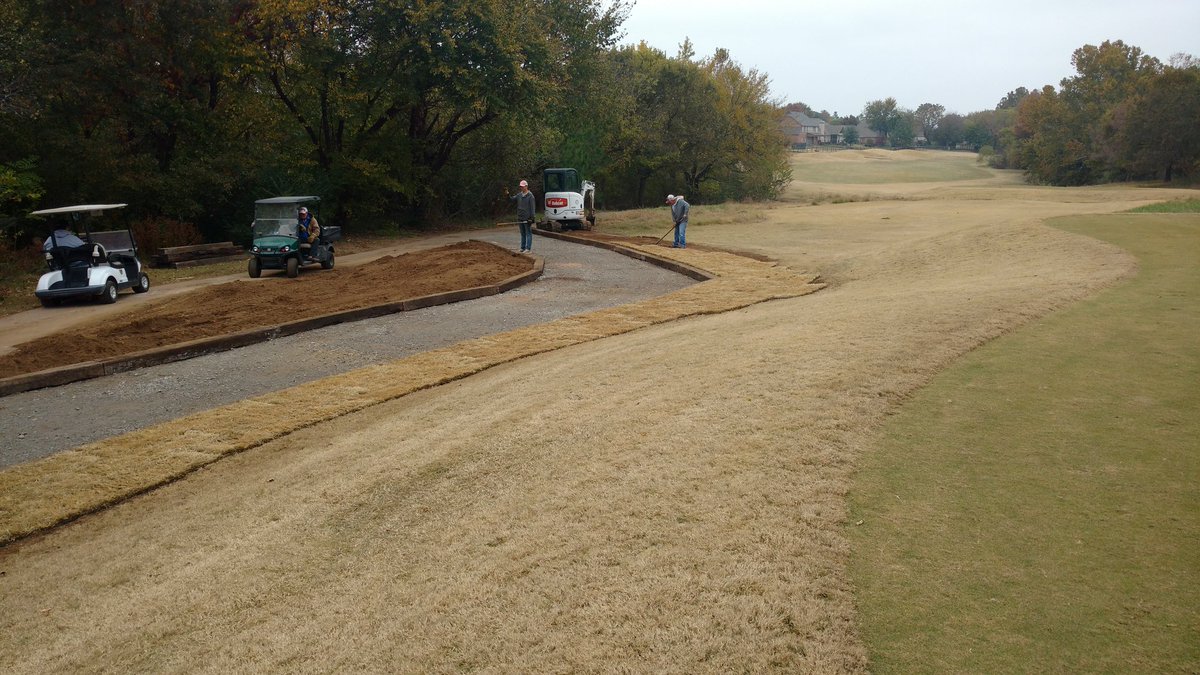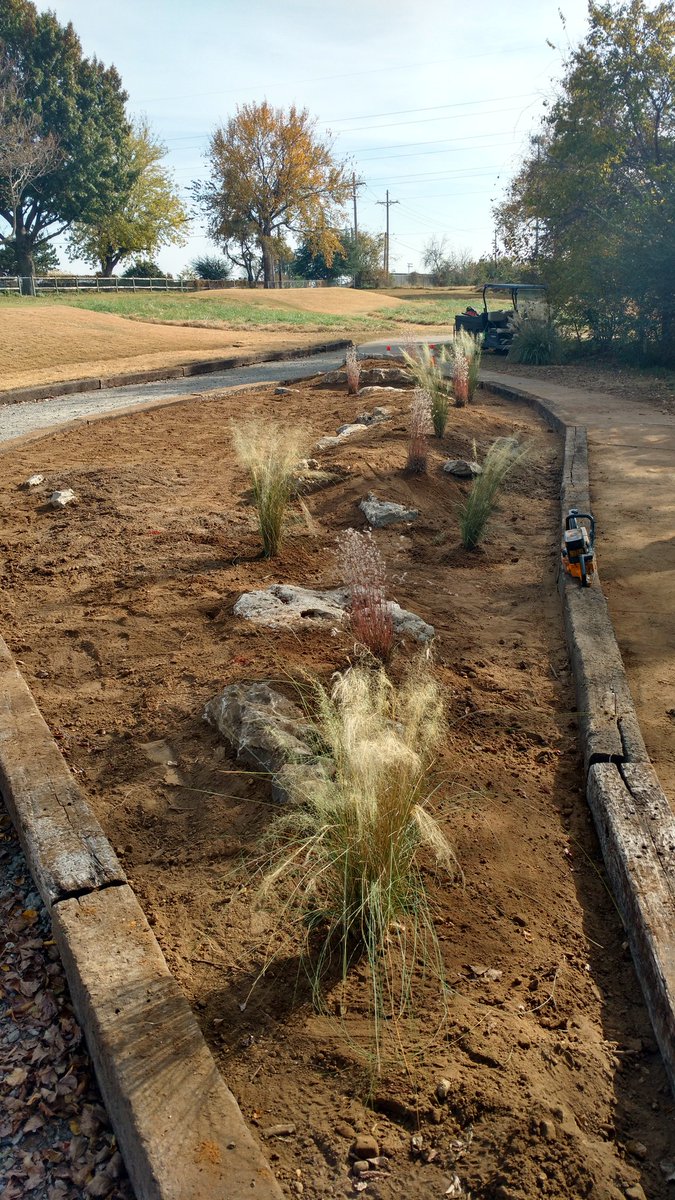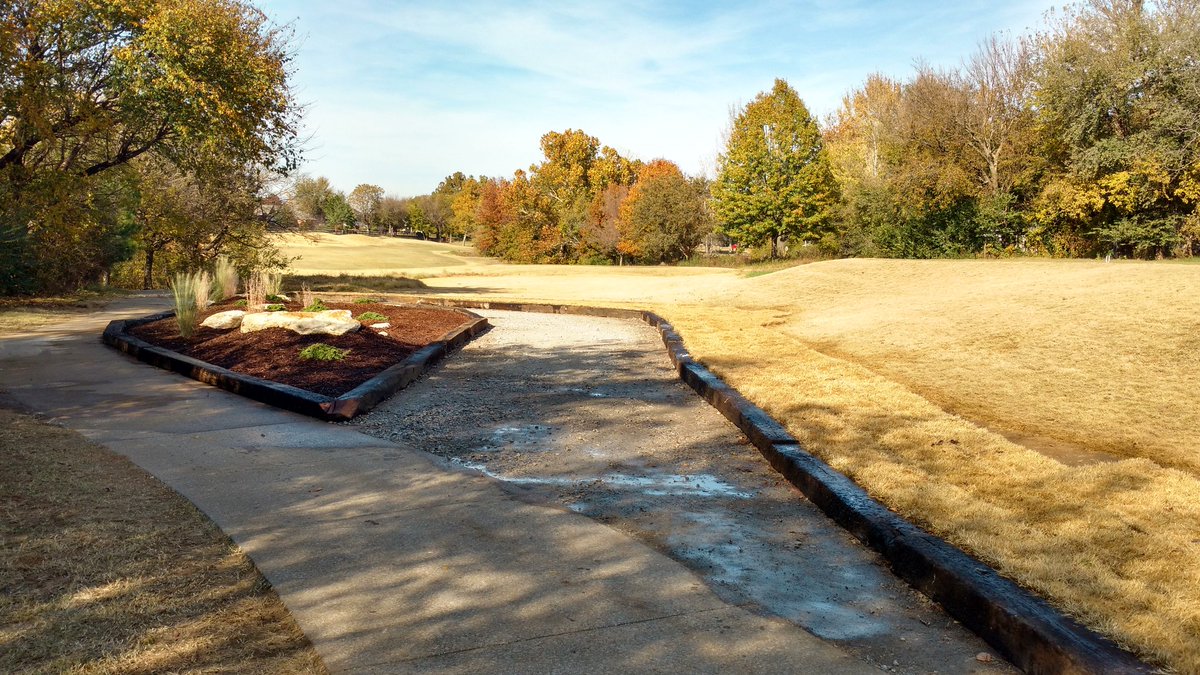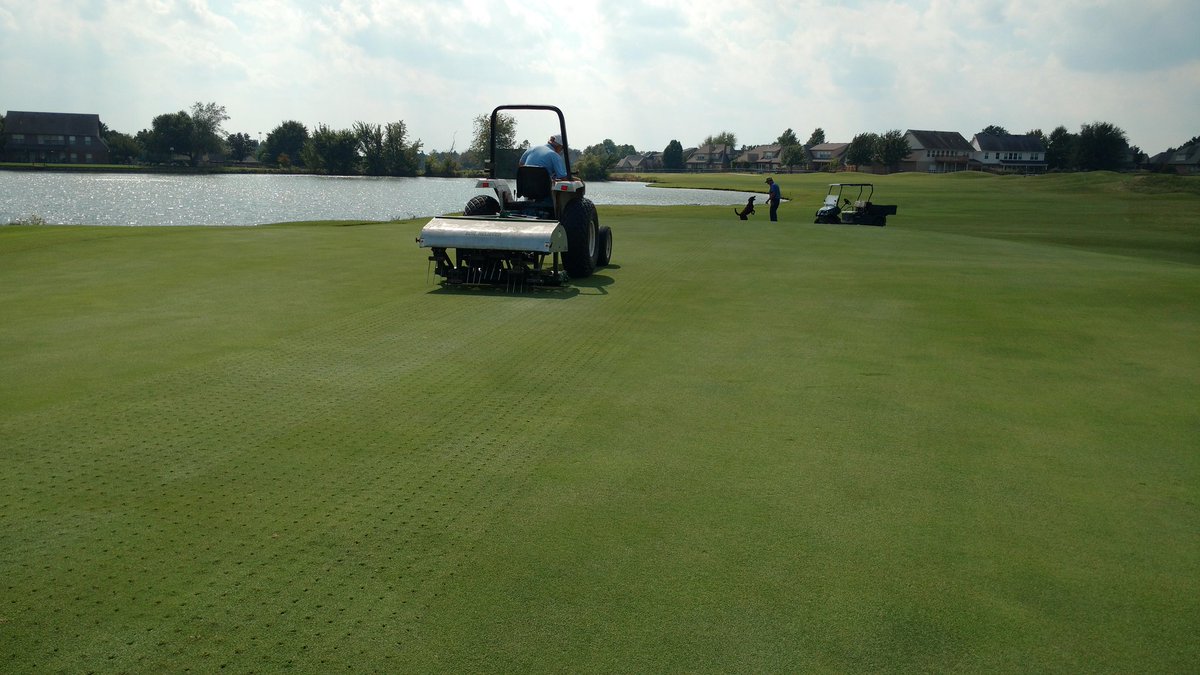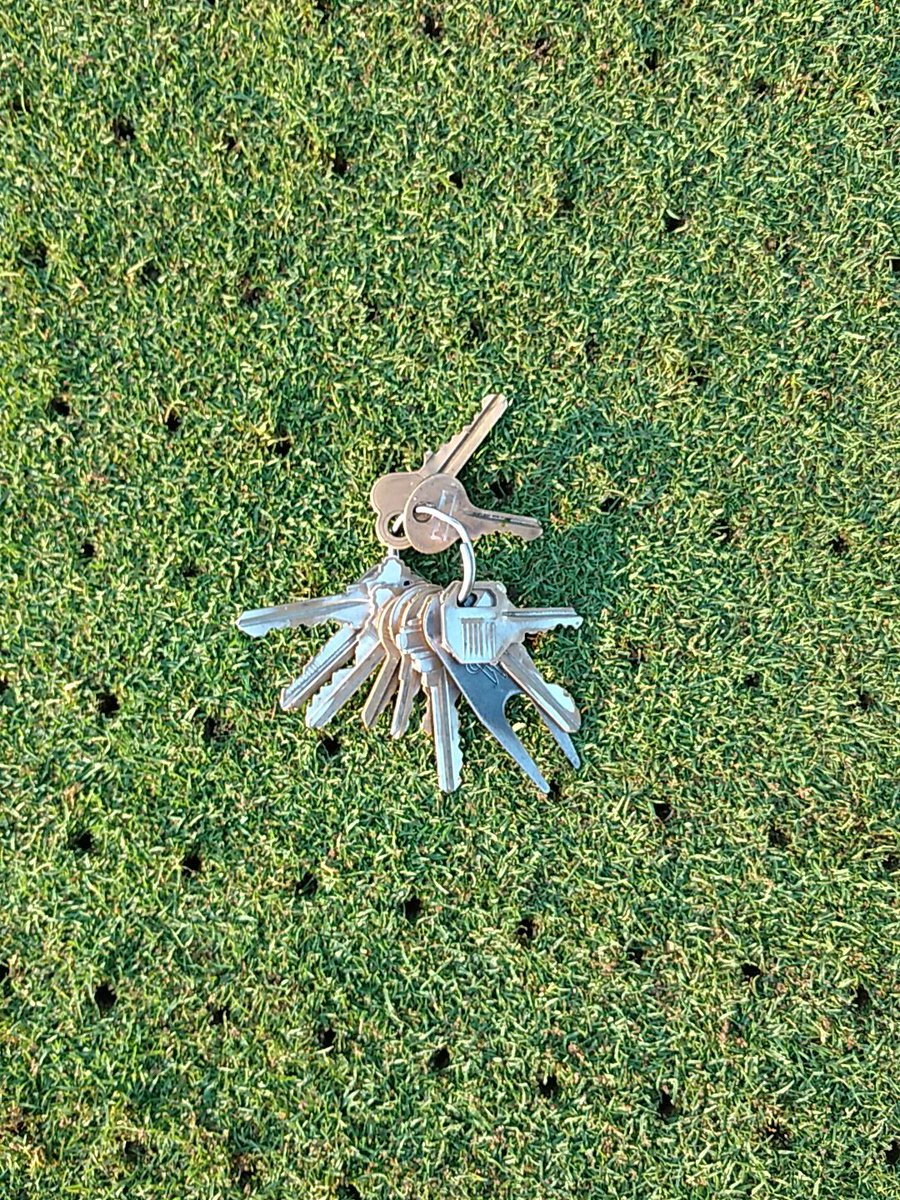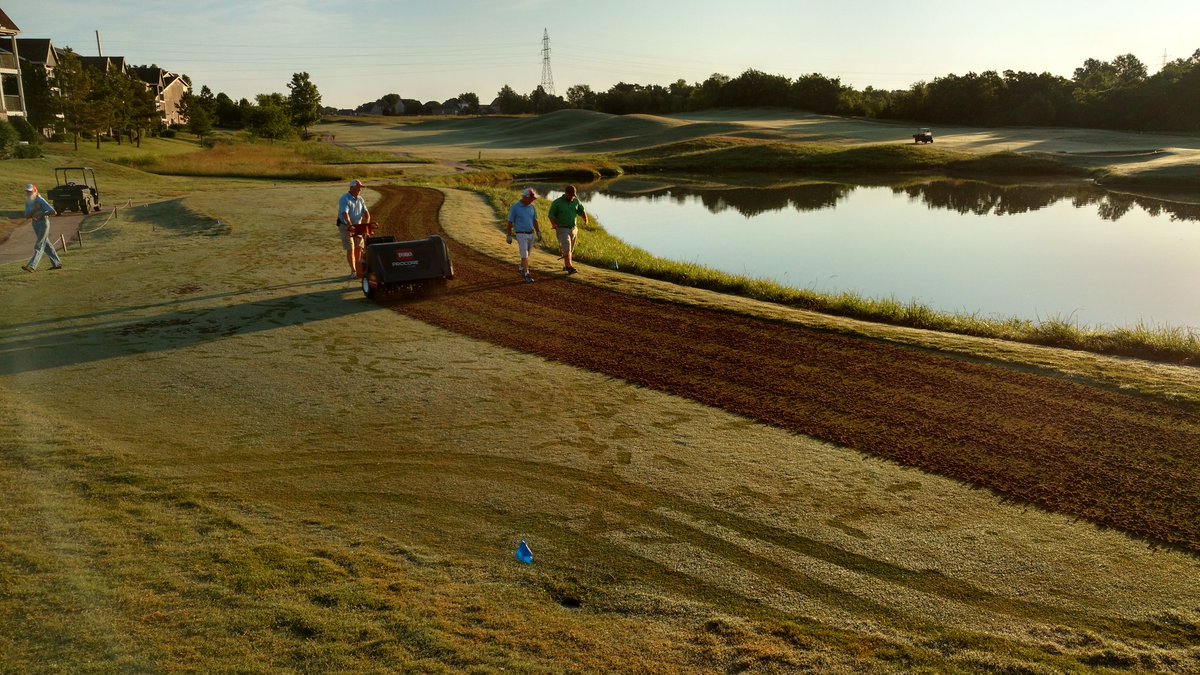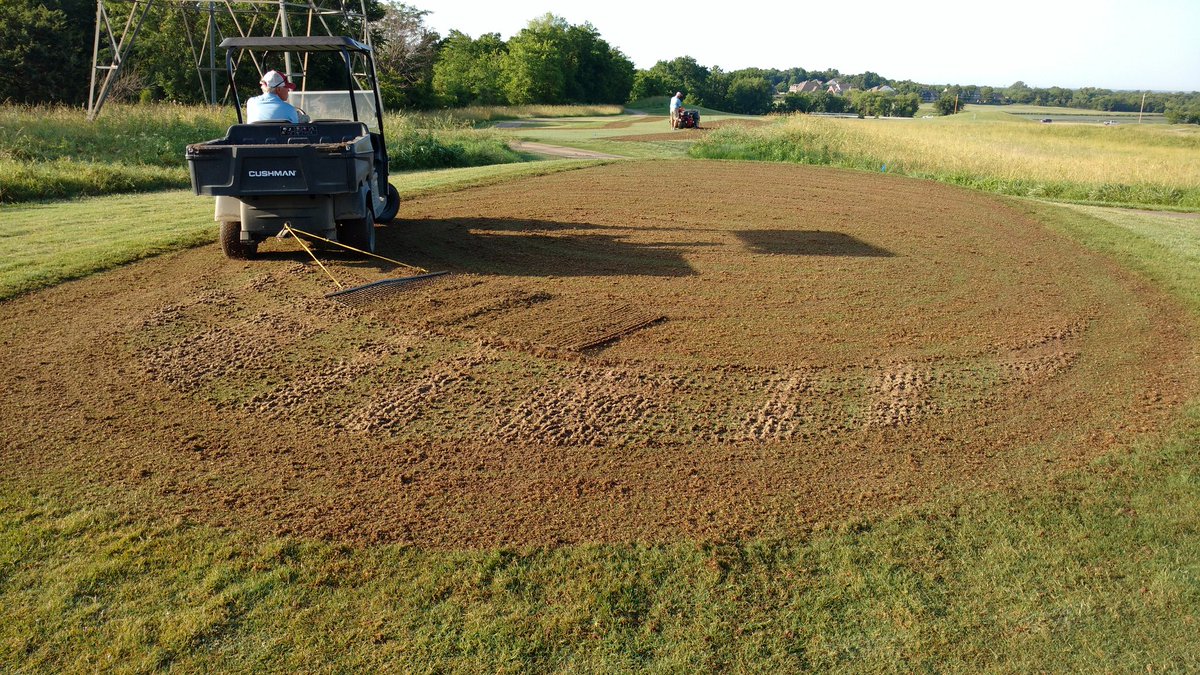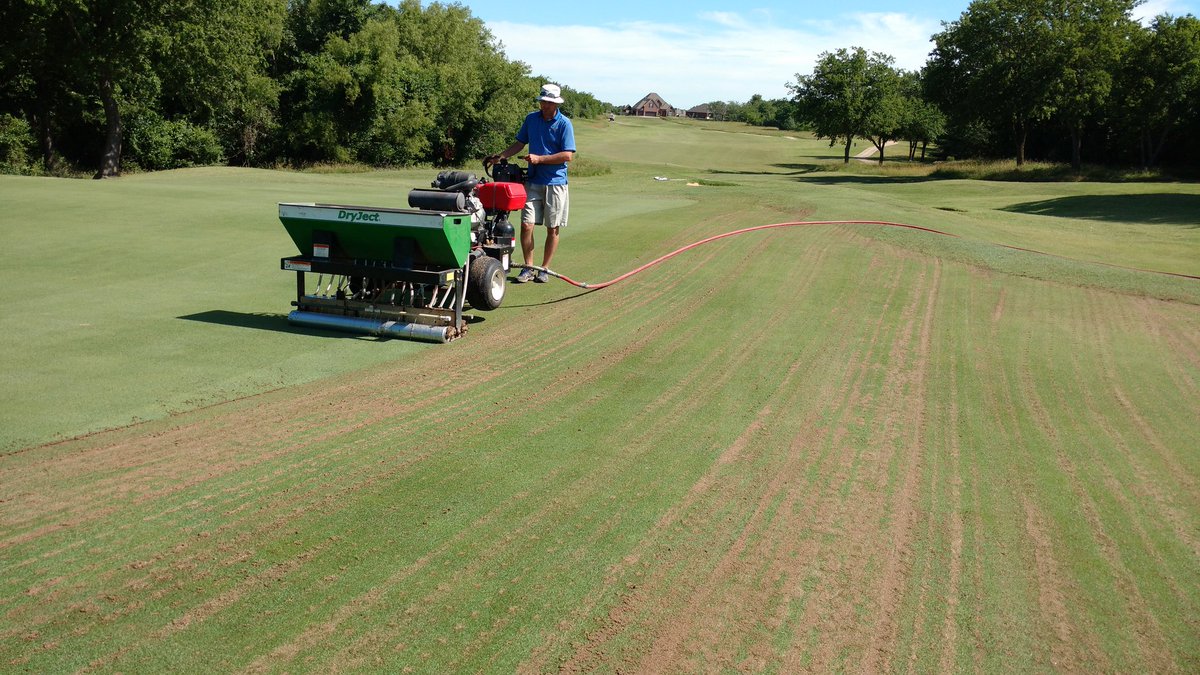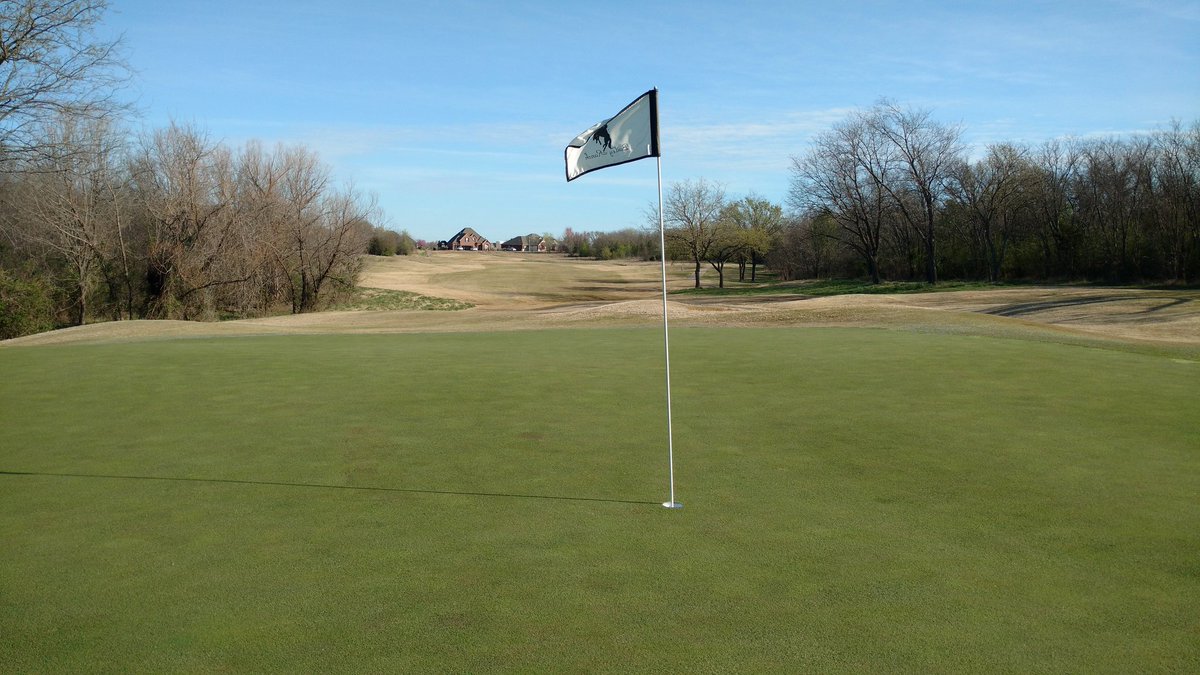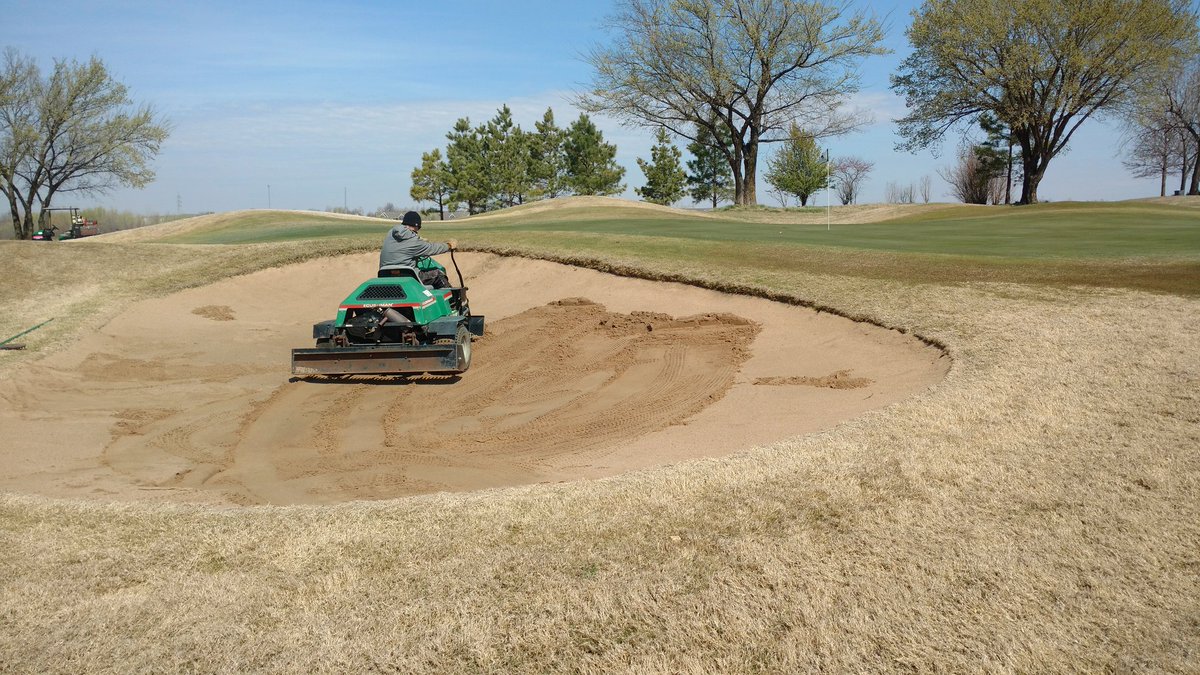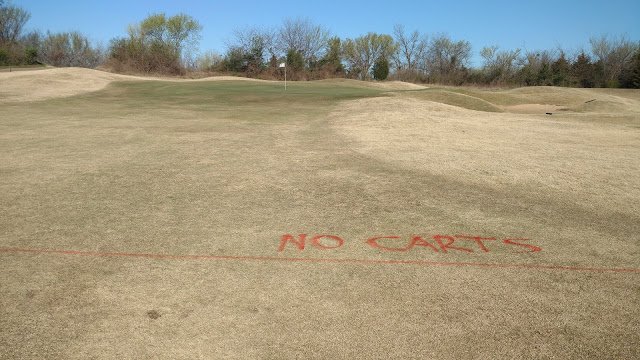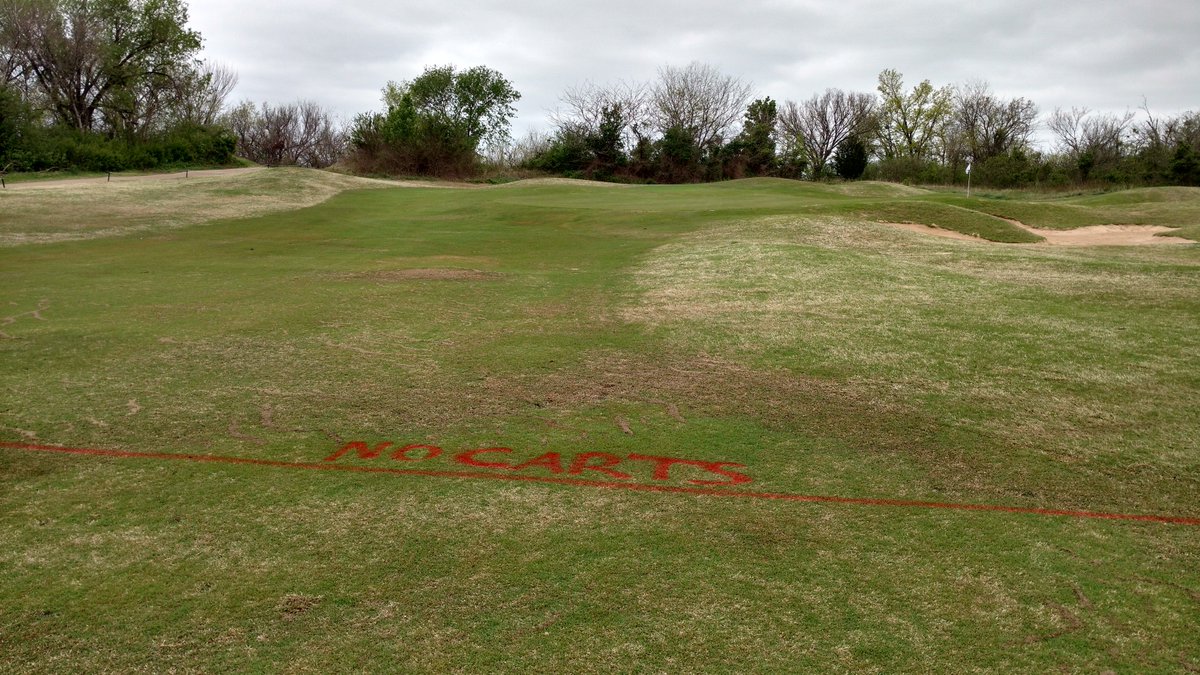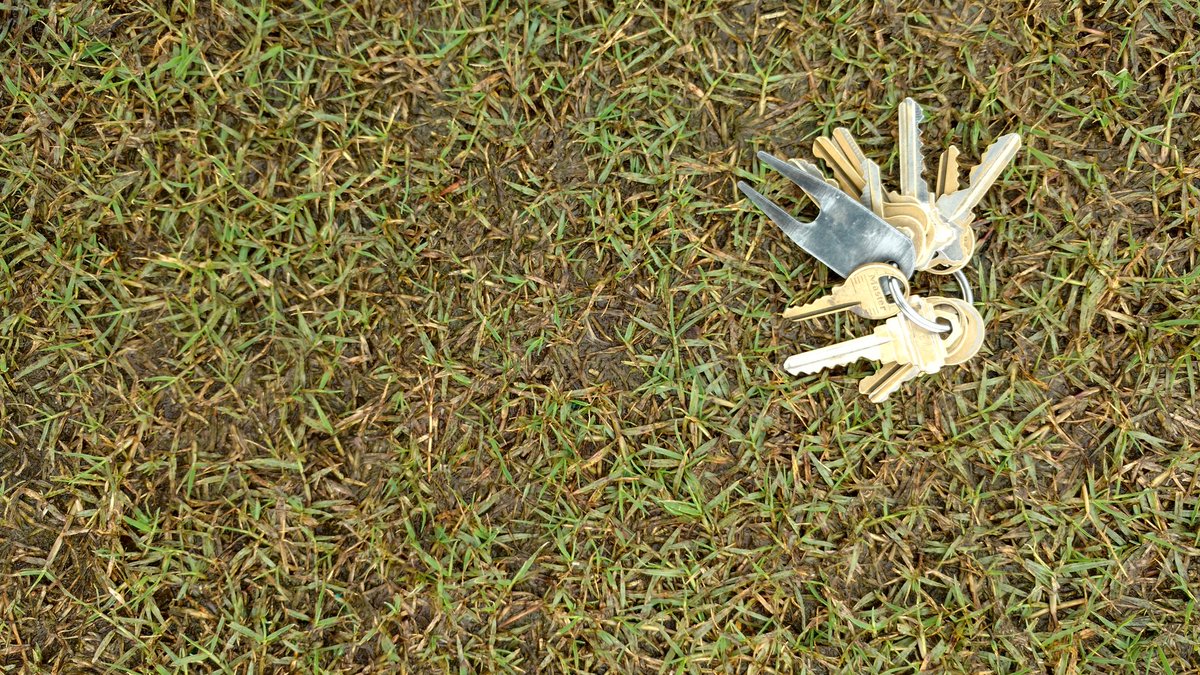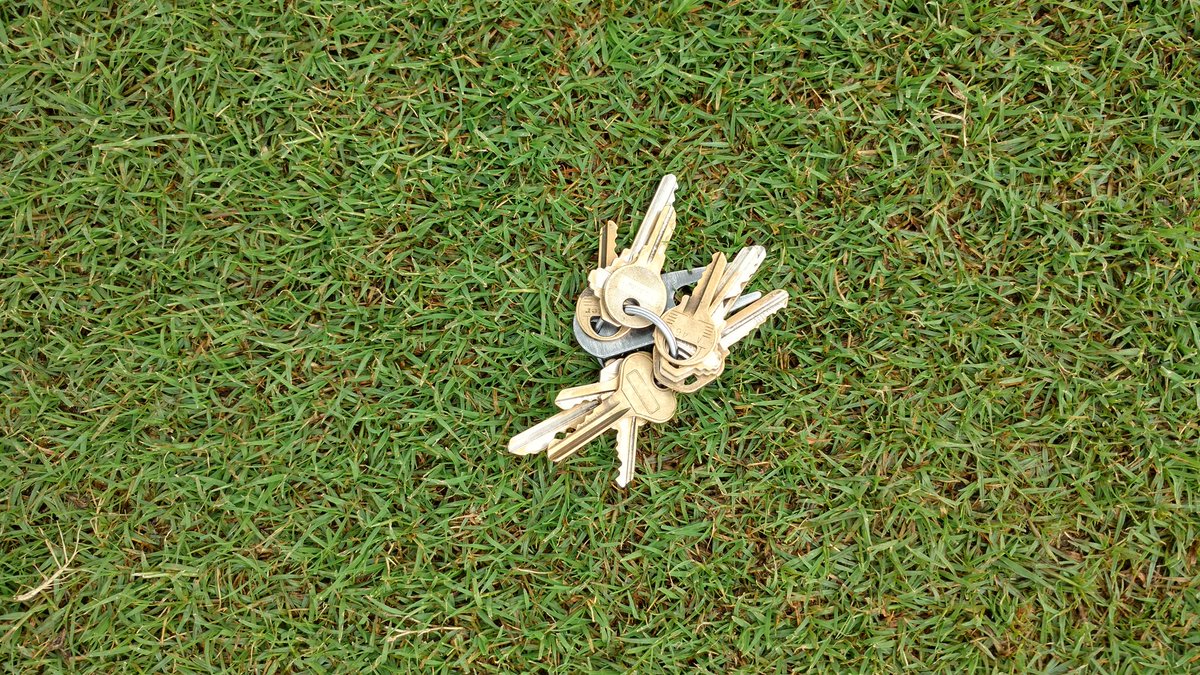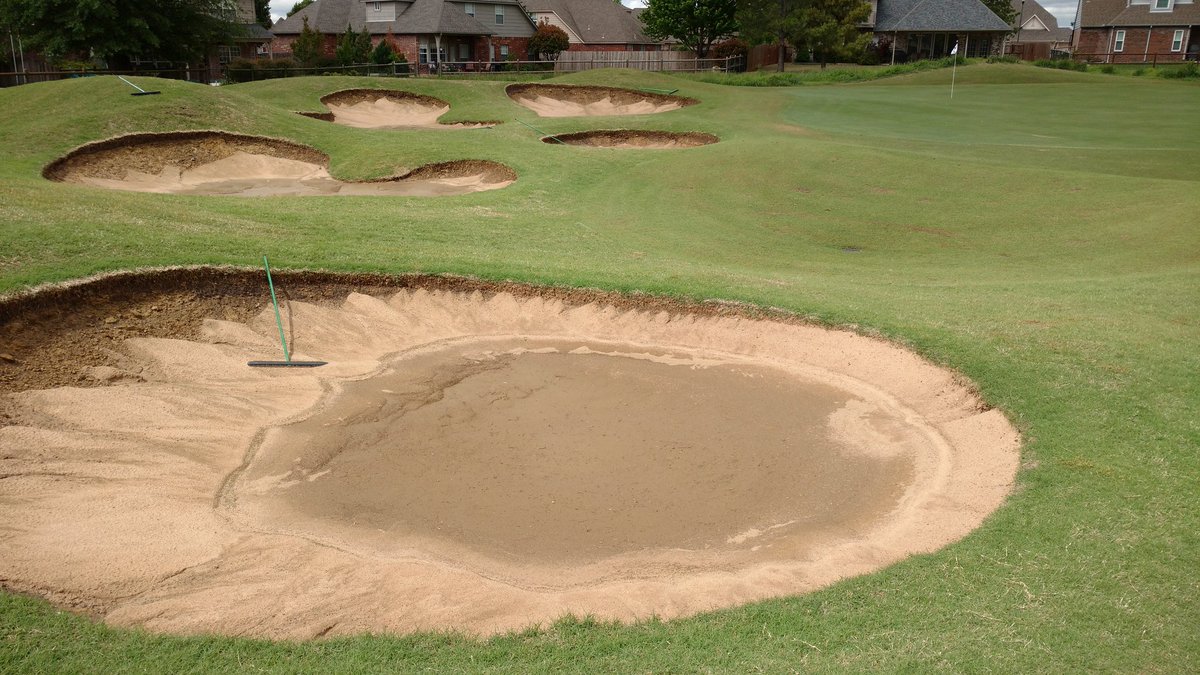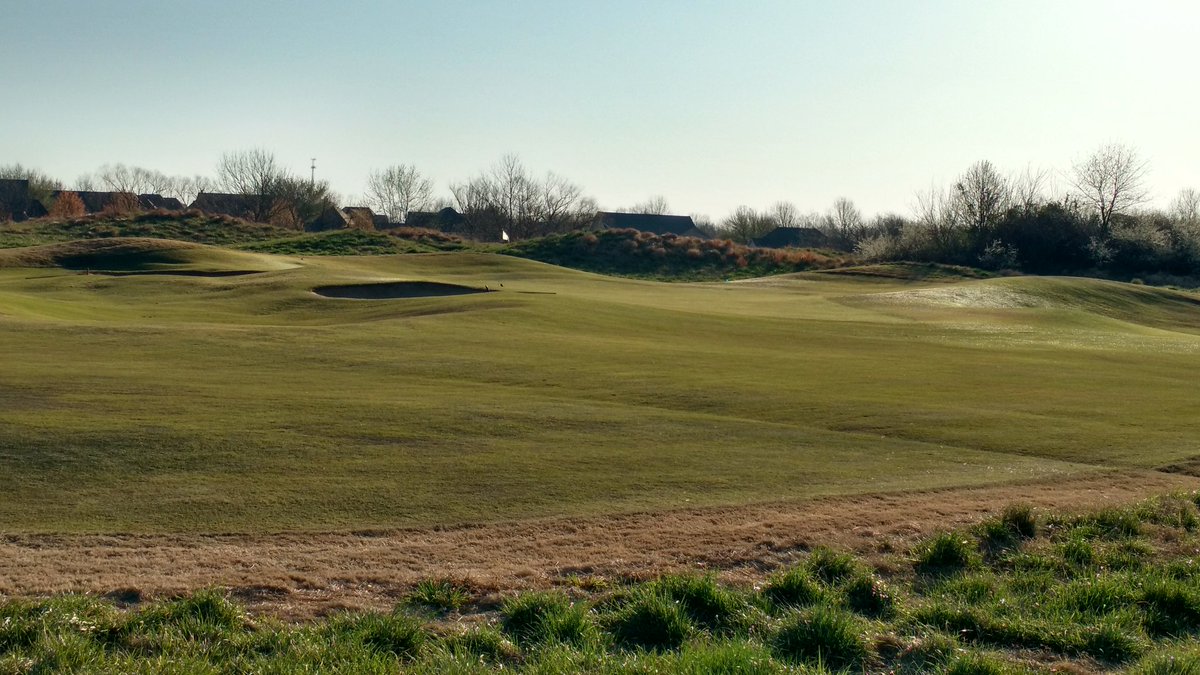I am sorry it has been quite a while since my last update. Summer always seems to fly by in a blur and now that I have more time to spend in the office, my goal is to update this blog with more timely information. This post will hopefully catch everyone up on what has been going on around the golf course over the past few months.
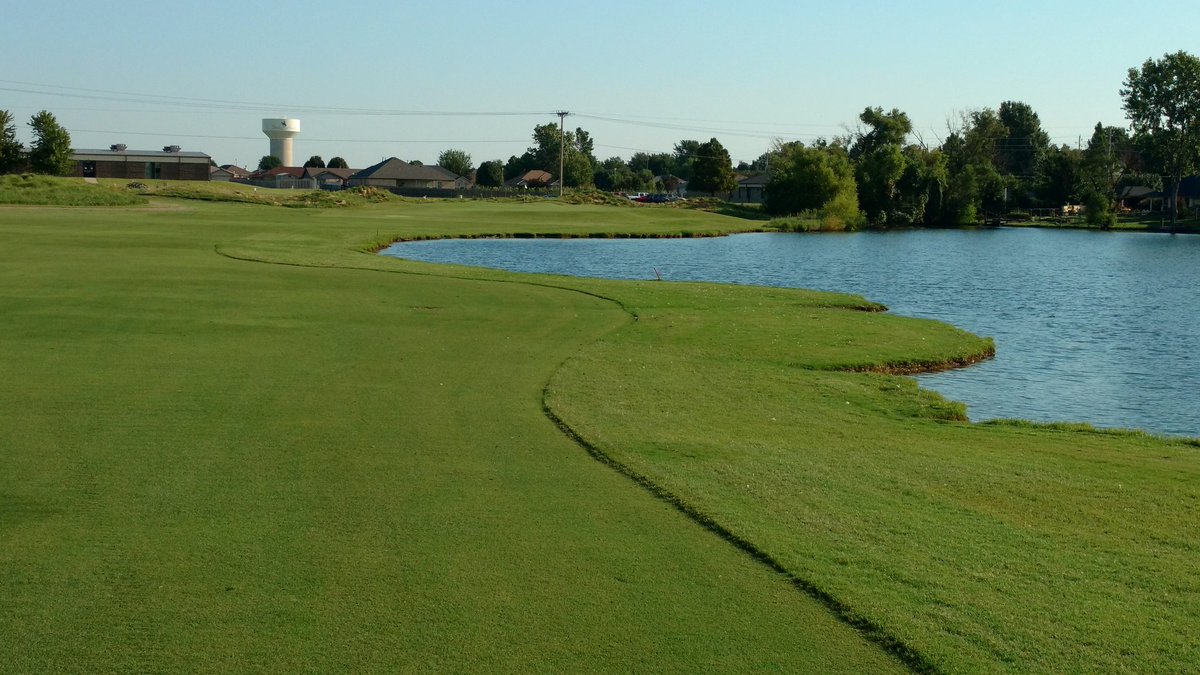
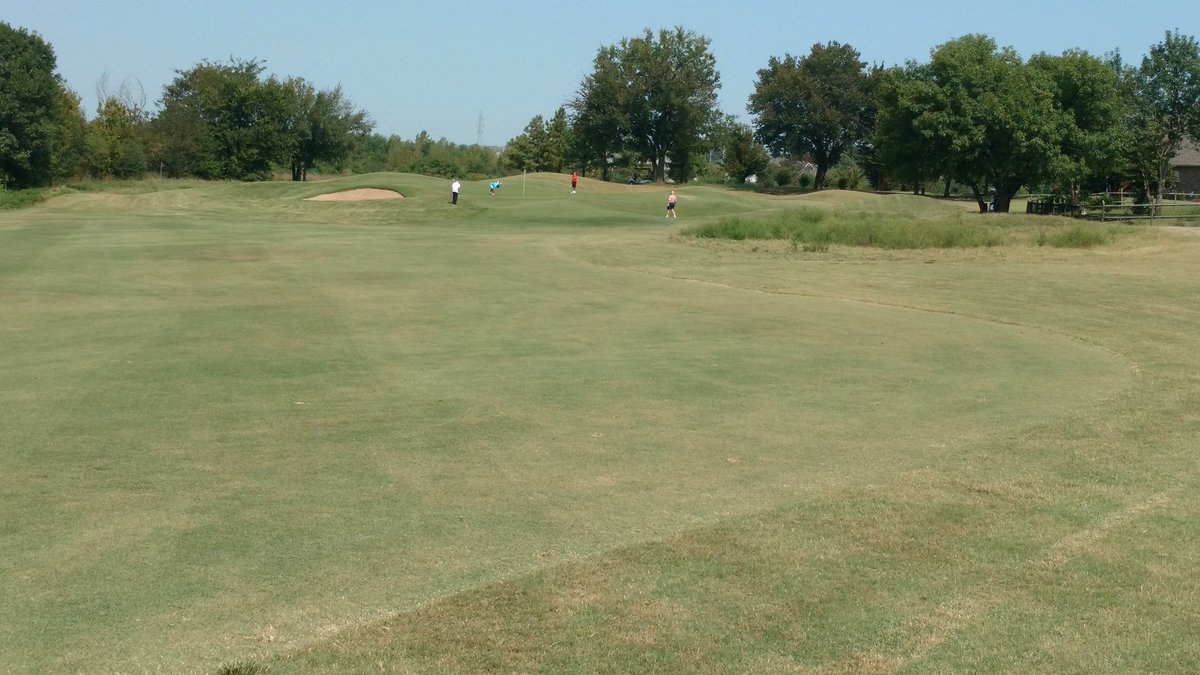
For most of the summer, we had above average rainfall with average temperatures. This is ideal growing weather for Bermuda and our members and guests enjoyed some of the best playing surfaces we've been able to create in my tenure here. The first half of August continued this trend of average temperatures and above average rainfall. To illustrate this, we received 6 inches during August, and all of it occurred during the first two weeks. By mid-August, the weather pattern changed and much drier weather set in. This drier weather pattern lasted through September into early October. The golf course received only 42% of our normal amount of rainfall during September. As you can see from the picture on the right, this lead to some very firm and dry conditions during September.
Besides the reduction in color of our Bermuda surfaces, I was very pleased with the density and quality of the turf. Fall greens aeration went very well and the subsequent recovery period was brief, due in large part to the ideal growing weather in September.
Thankfully, October brought us some much needed rain! On October 4th we received 4" of rain. The biggest single day rain total since September 21st, 2009! This much needed rain soaked into the ground slowly and the response from the turf was apparent within a week.
The crew has spent the past month mowing our Bermuda surfaces as necessary to keep things looking clean and sharp. They have also spent a lot of their time performing cultural practices on greens that promote firmer surfaces and increased root depth. Vertical mowing, rolling, sand topdressing, brushing and deep solid-tine aerating have all been completed during October. Due to these processes, the greens have been right on target in relation to soil moisture, root depth, firmness and speed.
Looking ahead, we are expecting our first frost delay this Saturday. If we have a significant frost, one could expect much, if not all, of the Bermuda throughout the golf course to go into dormancy. This week an application of iron sulfate will be applied to all tees, fairways, approaches, collars, and surrounds to help keep some color. Even if the Bermuda doesn't do dormant after this weekend, the writing is on the wall and winter is just around the corner. 2017 has been one of the best Bermuda and Bentgrass growing seasons I can remember. This golf course is in great condition going into dormancy and barring any unusual weather this winter, should be primed for a great start to the 2018 golf season!





